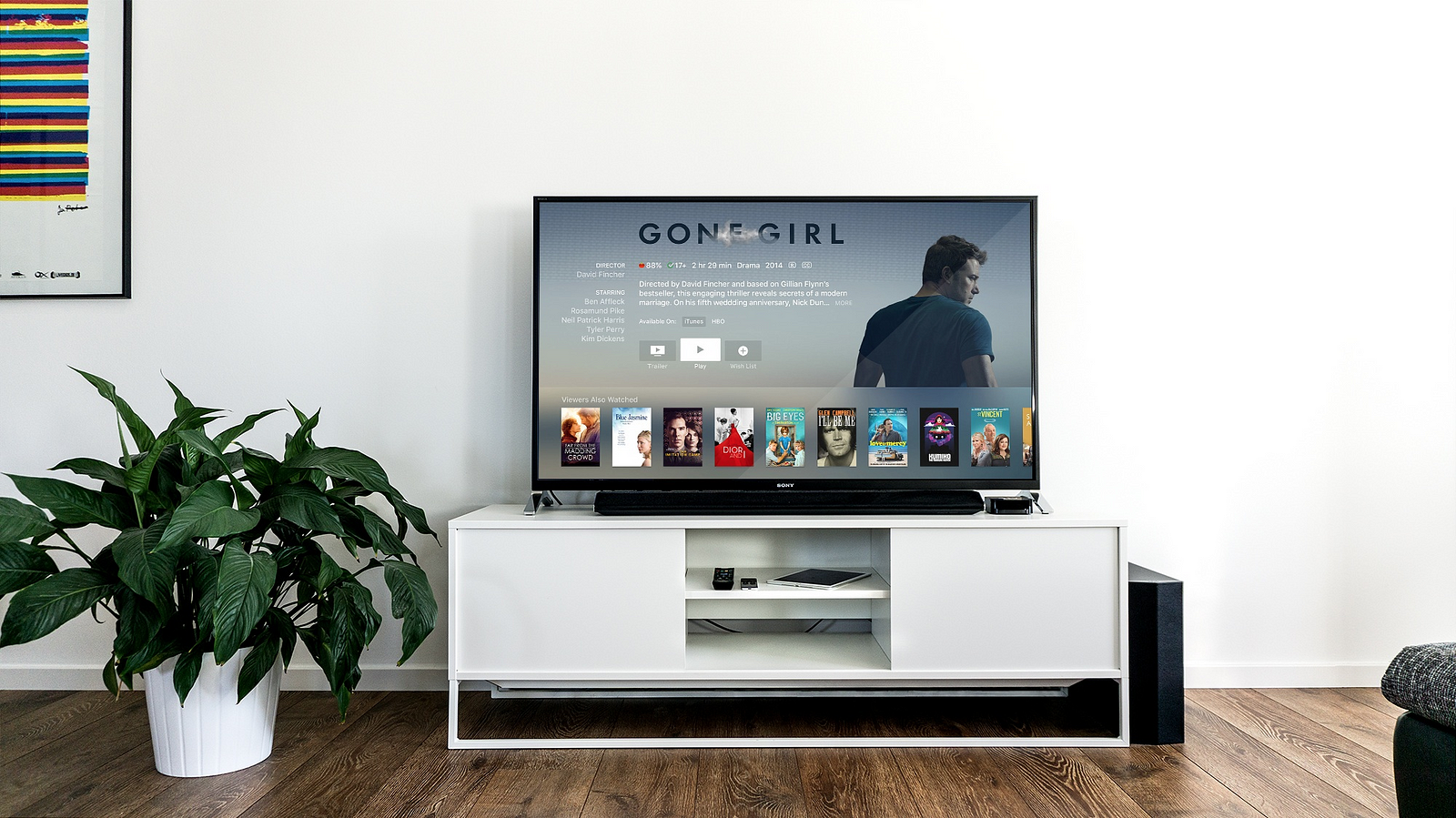What you need to know to connect your home to the Internet of Things
Editor’s note: We’re kicking-off a new product roundup series, where we’ll feature some of the industry’s most exciting smart home devices. But before you invest in any smart product, it’s important to know where to start and what to consider.
Ever wonder what it’d be like to come home to your lights perfectly dimmed, your favorite album playing on the speakers, and your thermostat set to the right temperature? With hundreds of smart home products on the market — whose sole purpose are to make life more comfortable and efficient — personalized home automation is quickly becoming a reality.
The only problem: jumping on the smart home bandwagon is just as daunting as it is exciting, and it’s difficult to know where to start. Automating some activities is simple and inexpensive, while others require a more serious investment of both time and money. So, we’ve outlined five questions to ask before purchasing new smart home products. This way, you’ll have a strong foundation on which to thoughtfully (and securely) build the smart home you’ve always wanted.
1. Prioritize: What’s going to make the greatest impact on your life?

Before making any immediate purchases, it’s important to assess what you want to accomplish with connected devices. Is a smart door lock that tells you when your kids get home from school top of the list? Or is your dream to have a seamlessly unified entertainment system, all controlled through one device?
It’s helpful to create a list of priorities in your home life, and then decide what to focus on first. Once you’ve narrowed down what to connect — whether it’s your thermostat, sound system, or lighting — create a separate list of essential capabilities for these products. This will help you make the most informed decision on which products to purchase — and will prevent an impulse shopping spree.
2. WiFi: Will your network support more and more devices?
WiFi is the foundation for the smart home, and a strong connection is crucial for getting the most out of any connected product.
Start with the basics: Get rid of dead zones by installing your WiFi router in a location close to where you’ll use most of these devices. Next, ensure your router’s standards match the standards your smart devices use (more on this below). If you’ve tried tons of solutions and still have connectivity issues, we recommend investing in a mesh network — a series of access points which allow data to make multiple hops from one to another — to blanket your home in fast, reliable WiFi.
3. Protocols and standards: Which letters and numbers do you need to know?
The smarter you make your home, the more attention you need to pay to the types of protocols and standards out there. For instance, a smart sound system with out-of-date standards can slow everything on your WiFi network down.
Some devices run on protocols that aren’t specific to home automation, like WiFi and Bluetooth. Since both require a lot of energy to operate, many products rely on other smart home protocols to transmit instructions to and from each device. ZigBee uses a wireless mesh network to quickly relay information from device to device — the downside is it’s not great at communicating with devices from different manufacturers. Z-Wave is a low-band frequency wireless protocol that’s compatible with more than 1,200 smart devices on the market. Thread is a newer protocol: it’s a low-power, secure network that easily connects more than 250 devices to each other, and to the Cloud. Figuring out which one is for you isn’t black and white. Check out this article for more information on the pros and cons of each.
4. Hub: How will you control your devices ?
The hub is the “brain” of your connected home — it allows all of your smart devices to work together, and provides a single place for you to control them.
When choosing a hub, look for one that’s compatible with multiple third-party smart home devices, so you can continue to build upon your digital home. Samsung’s SmartThings Hub supports a number of third party devices, and Wink Hub offers a user-friendly mobile app. Google’s Nest recently created their own Works with Nest program, which identifies other smart home products that communicate and cooperate with Nest products without a hub. Many different brands have their own hubs, each with different capabilities, so make sure to do some research before committing to one.
5. Security: How do you ensure your home is protected?

Keeping your smart home secure, and out of the wrong hands, has never been more pressing. Hackers can access your personal information through an unsecured home network, or through unsecured devices like wireless printers.
Ensure your home is as secure as possible by investing in products with up-to-date security protocols. Another easy step is to change the default usernames and passwords for each appliance you connect to your hub and network. Finally, remember to regularly update the software on your devices, as updates often contain added security features. These combined efforts will provide protection against security threats, and give you the peace of mind to fully enjoy your connected home.




You must be logged in to post a comment.